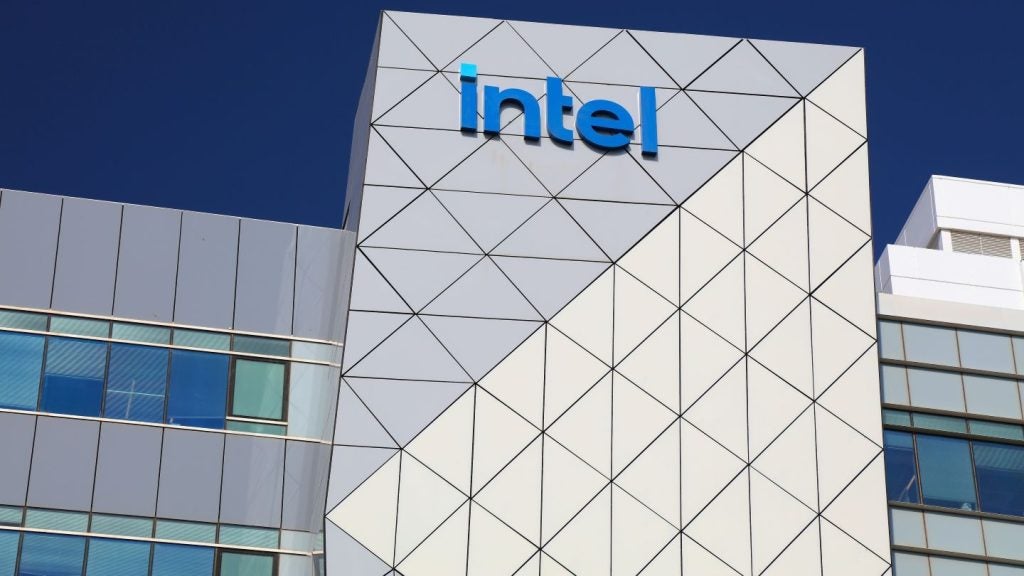Nanotechnology is the darling of futuristic visions, promising everything from self-healing materials to novel cancer therapeutics.
The ability to manipulate matter on the atomic scale has spawned numerous directions of research and although nanotechnology has indeed delivered some remarkable achievements, awareness and impact vary significantly across different industries.
Nanotechnology’s triumphs
In healthcare, nanotechnology has proven itself beyond the hype. From nanoparticles that target cancer cells with utmost precision to nanoscale diagnostic tools that detect the early onset of diseases, healthcare is a sector where nanotechnology is expected to flourish. As of 2024, there are already more than 80 nanomedicines that have been approved by the Food and Drug Administration.
There are numerous companies in the nano healthtech space, both incumbent and startups. For example, AstraZeneca is designing targeted nanoparticles as chemotherapy drugs. On the regenerative medicine front, Renovos is developing injectable nanoclays that deliver localised concentrations of agents that assist in tissue engineering and regrowth. There are also some notable collaborations such as between Nanobiotix and Janssen, where Janssen has acquired licensing rights to Nanobiotix’s nano-based oncology drug, NBTXR3, which enhances the effect of radiotherapy without increasing the radiation dose.
Shifting the gaze to electronics, nanotechnology is crucial as the tech industry strives for continuous miniaturisation of advanced chip components. Nanometer-scale feature sizes have enabled faster and more efficient processors, paving the way for the future of big data and artificial intelligence. Nevertheless, the journey will not be without its challenges, as the industry navigates the complexities of nanoscale manufacturing required to usher in the next breakthrough in computing.
Untapped potential in other sectors
In the apparel sector, the story changes. Although nanotechnology has great potential to jump on the athleisure bandwagon by creating sports clothing with superior resistance to UV radiation, microbes, and general wear-and-tear, its impact has been more of a whisper than a bang. Several specialist vendors are producing nanotechnology-based textiles, such as Nanotex and P2i. However, commercial adoption, particularly by well-known brands, appears limited.

US Tariffs are shifting - will you react or anticipate?
Don’t let policy changes catch you off guard. Stay proactive with real-time data and expert analysis.
By GlobalDataOne significant obstacle to broader adoption is the regulatory landscape, which often lags behind technological advancements. Ensuring the safety and environmental impact of nanomaterials presents time-consuming and costly regulatory challenges. Regulations also differ by region, making it difficult for global brands to incorporate nanotechnology widely in their products.
Although nanotechnology may not be the universal solution to every industry challenge, it will undoubtedly shape the future. Sector-specific strategies are key to unlocking its full potential with clear and concise regulation required to guide commercial activity.








